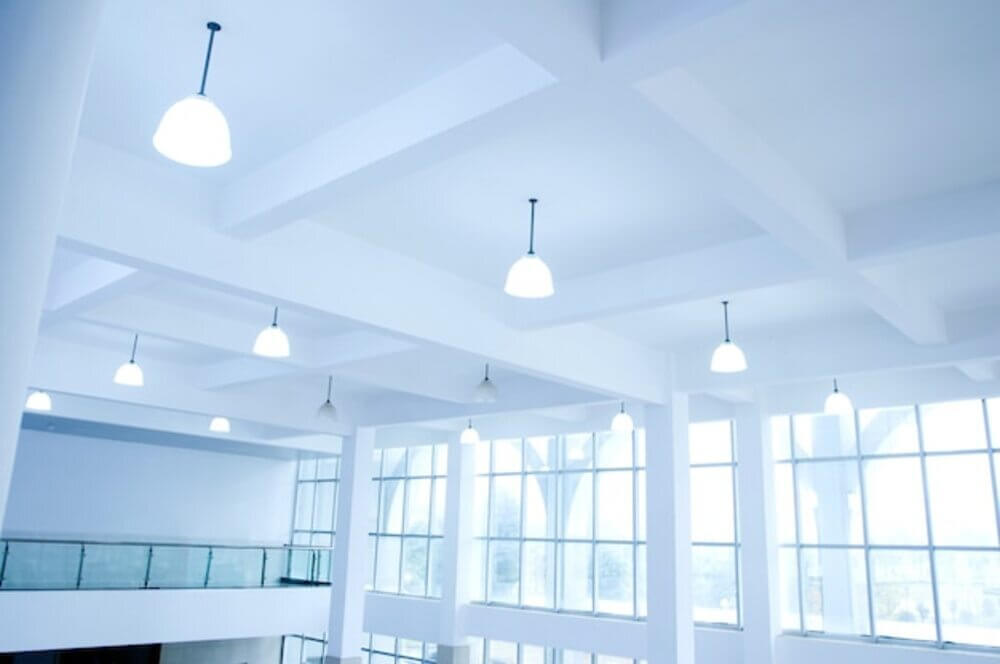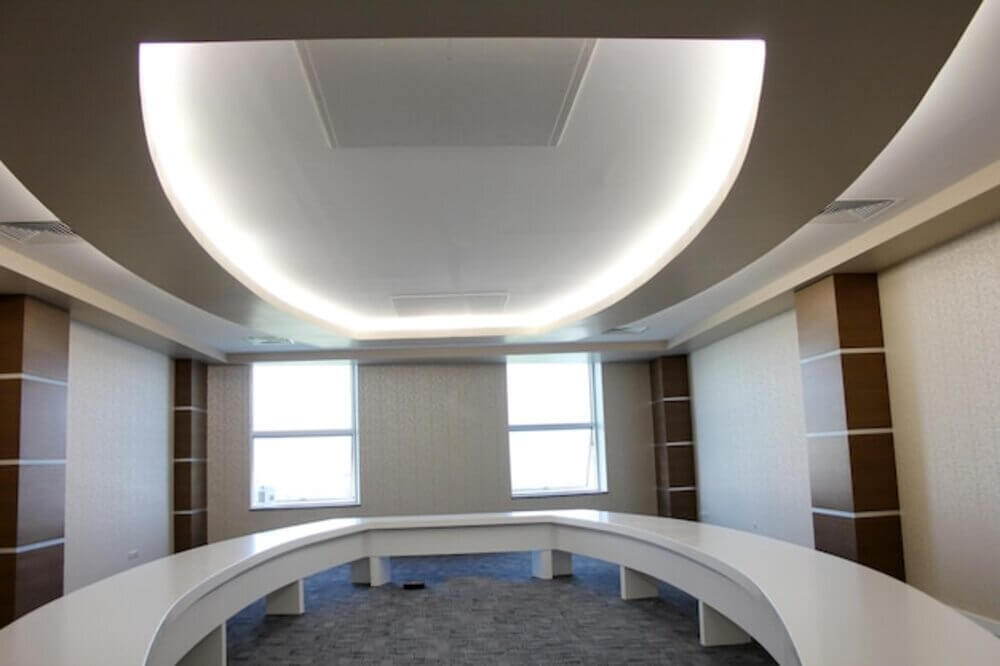
In today's bustling and ever-changing world of interior design, it's crucial to take a moment to appreciate not only the new and exciting trends we're seeing emerge but also the rich history that has led us to this point. For instance, have you taken the time to consider the history and evolution of something as seemingly simple as… your ceiling? Specifically, stretch ceilings – an enchanting blend of utility and decadence – have seen a fascinating progression throughout the ages. What preceded this trend? How has it evolved? And where do we see stretch ceilings heading in the future?
The roof is frequently alluded to as the fifth mass of a room. Yet, it's commonly overlooked, seen as a mere functional element rather than a platform for creative expression. The introduction of stretch ceilings, originally stemming from European design sensibilities, has heralded a new era where the 'fifth wall’ celebrates its full decorative potential.
The Roots of Stretch Ceilings
Interestingly, the concept of stretch ceilings finds its roots in ancient Egyptian architecture, where cloth was used to cover ceiling structures. This technique served dual purposes, providing shelter from insects, and allowing the inhabitants to escape the heat. With its rich dyes and intricate patterns, it offered a unique and eye-catching aesthetic appeal as well. This tradition was later borrowed and adapted by the Europeans in the 16th century and experienced a resurgence in the 20th century with the advent of modern manufacturing techniques and materials.
Progressing into the modern era, stretch ceilings turned more efficient with the use of vinyl and PVC materials. The 1960s and 70s saw the development of heat-applied stretch ceilings in Europe, where PVC sheets were heated and then stretched across the ceiling space, creating an impossibly smooth and beautiful surface.
The Present Rise and Popularity of Stretch Ceilings
Fast forward to the present day, and stretch ceilings have become a worldwide phenomenon, prevalent in high-end home improvement projects, businesses, hotels, and retail spaces. What is the source of this sudden burst of popularity? The answer lies in the unique blend of aesthetic appeal and practicality that stretch ceilings provide.
They offer an enchanting canvas for creative manifestation while mitigating any structural or thermal shortcomings of traditional ceilings. Importantly, the easy installation and maintenance have also played a role in propelling their popularity and acceptance, especially in locales with challenging climates or older buildings requiring remediation.
Different Types of Stretch Ceilings
As stretch ceilings continue to gain popularity, the design options are only becoming more diverse and sophisticated. From the mirror-like luminosity of high gloss stretch ceilings to the rich textures of matte or satin finishes, there’s a style to suit every individual taste and décor. For the adventurous, there are also 3D printed ceilings that project breathtaking designs and landscapes - blurring the boundaries between art and architecture.
 |
| Stretch Ceiling |
Stretch Ceilings: Pros and Cons
Like any design choice, stretch ceilings come with their benefits and drawbacks. On the pros side, they offer a spectacular aesthetic appeal, unmatched versatility in design, effective thermal insulation, and quick installation process. The inclusion of LED lighting systems in stretch ceilings allows for spectacular lighting effects to complement the visual appeal.
However, on the cons side, they can be a bit pricey, especially when considering high-end stylistic choices and professional installation. While durable, it's also worth noting that sharp objects can cause damage, necessitating careful use and maintenance.
The Green Initiative: Eco-Friendly Stretch Ceilings
As we become increasingly aware of our own footprint on this earth, it’s heartening to see the design industry adapting to this consciousness. Stretch ceilings are no exception. Eco-friendly versions of stretch ceilings, which use recycled PVC or Bio-Pruf to reduce environmental impact, are becoming increasingly popular alternatives to traditional models.
A Glimpse into the Future of Stretch Ceilings
Looking ahead, it's safe to predict that stretch ceilings will continue to evolve and cater to ever-changing aesthetic and functional requirements. Expect to see more advancement in the integration of smart technology, with built-in speakers and gesture-controlled lighting. Keep an eye out for more environmentally friendly options, linking design with sustainability.
Conclusion
The story of stretch ceilings is a delightful journey illustrating the shifting tastes and techniques of various eras and reflecting our timeless desire for functionality and beauty in the places we inhabit. From their humble beginnings in ancient architecture, through their European rediscovery and reinvention, to their current popular, high-tech, and eco-friendly iterations, one thing remains unequivocally clear - our ceilings, our ‘fifth walls,’ have redefined the spaces we live in.
As we look to the future, we can eagerly anticipate a continued evolution in design, technology, and sustainability. Whether you are a dedicated design enthusiast or simply a homeowner looking to add a touch of personality and practicality to your space, the future of stretch ceilings promises an exciting array of options that will continue to challenge our notion of this often-overlooked canvas.













Social Plugin